AR Room Planners: The Ultimate Guide to Try Before You Buy Furniture
Table Of Contents
- What Are AR Room Planners?
- Benefits of Using AR for Furniture Shopping
- How AR Room Planners Work
- Top AR Room Planner Apps in 2023
- Using AR to Shop for Specific Furniture Pieces
- Tips for Getting the Most Out of AR Furniture Apps
- The Future of AR in Furniture Shopping
- Conclusion
Have you ever purchased a beautiful piece of furniture only to discover it looks completely out of place in your home? Or maybe you've hesitated to buy that gorgeous 3-seater sofa because you're unsure if it'll fit your living room layout? These common furniture shopping dilemmas are precisely why Augmented Reality (AR) room planners have become game-changers in the home furnishing industry.
AR room planners allow you to virtually place furniture items in your actual living space before making a purchase. This innovative technology has transformed the traditional furniture shopping experience, eliminating guesswork and reducing purchase anxiety. Instead of relying on imagination or measuring tape, you can now see exactly how that coffee table or dining table will look in your home with just a smartphone or tablet.
In this comprehensive guide, we'll explore how AR room planners work, their benefits, the best apps available, and how to use this technology to ensure every furniture purchase is perfect for your space. Whether you're furnishing a new home or refreshing your current space, understanding AR technology will forever change how you shop for furniture.
AR Room Planners: Revolutionizing Furniture Shopping
Visualize before you purchase: The future of furniture buying is here
What Are AR Room Planners?
AR room planners use augmented reality to superimpose virtual furniture onto real-world environments through your device's camera. Unlike virtual showrooms, AR enhances your actual surroundings by adding digital furniture to scale in your space.
Key Benefits
- Reduced Uncertainty: See exactly how furniture will look in your home before purchasing
- Fewer Returns: Make confident buying decisions, reducing costly returns
- Time Savings: Shop countless options from home without store visits
- Creative Freedom: Experiment with styles you might otherwise hesitate to try
How AR Technology Works
- Room Scanning: Your device maps your space using camera and sensors
- 3D Modeling: Detailed, scale-accurate furniture models are placed in your room
- Real-Time Rendering: Virtual furniture remains anchored as you move around
- Interactive Features: Adjust position, rotate items, and change colors/materials
Tips for Effective AR Furniture Shopping
Optimize Lighting: Use AR in well-lit rooms with visible floors and walls for accurate scanning
Verify Measurements: Take key room measurements to confirm AR app accuracy
Consider Context: Visualize new items alongside existing furniture for cohesive design
Save & Compare: Take screenshots of different options to evaluate side-by-side
The Future of AR in Furniture Shopping
Realistic Material Rendering: Improved visualization of fabrics, woods, and metals
Smart Home Integration: Visualize furniture with smart lighting and systems
Social & Collaborative Design: Remote collaboration on virtual room designs
AR Wearables: Glasses and headsets for even more immersive furniture previews
AR room planners transform furniture shopping from uncertainty to confidence, helping you create a home you'll love for years to come.
What Are AR Room Planners?
AR room planners are applications that use augmented reality technology to superimpose virtual furniture onto real-world environments through your device's camera. Unlike virtual reality that creates completely digital environments, augmented reality enhances your actual surroundings by adding digital elements to it.
These innovative tools bridge the gap between online shopping convenience and the tangible experience of seeing furniture in person. With AR room planners, you can visualize how specific pieces will look in your space, check if they match your existing décor, and ensure they fit properly—all before making a purchase.
The technology works by using your device's camera to scan and analyze your room's dimensions and features. Then, through sophisticated algorithms, it places a 3D model of furniture to scale in your environment. The result is a realistic preview that helps you make informed decisions about your furniture purchases.
Benefits of Using AR for Furniture Shopping
Augmented reality has revolutionized furniture shopping in numerous ways, offering benefits that traditional shopping methods simply can't match:
Reduced Purchase Uncertainty
One of the most significant advantages of AR room planners is the confidence they provide when making furniture decisions. By seeing items in your actual space before purchasing, you eliminate the uncertainty of whether a piece will look good or fit properly. This visualization capability can dramatically reduce buyer's remorse and the need for returns, saving both time and money.
Time and Cost Savings
Shopping for furniture traditionally involves visiting multiple stores, which consumes valuable time and often includes transportation costs. AR room planners allow you to browse and visualize countless options from the comfort of your home. Additionally, by reducing the likelihood of returns, you save on potential restocking fees and return shipping costs.
Better Space Planning
AR tools excel at helping you optimize your space. You can experiment with different furniture arrangements, sizes, and styles without physically moving anything. This capability is particularly valuable for challenging spaces or when trying to maximize functionality in smaller homes. For example, you could visualize how an L-shaped sofa fits in your living room compared to a 3-seater sofa with additional 1-seater chairs.
Enhanced Creative Freedom
AR removes the limitations of imagination when designing your space. You can instantly visualize bold choices or experiment with styles you might otherwise hesitate to try. This freedom encourages more creative and personalized interior design decisions that truly reflect your taste and personality.
How AR Room Planners Work
Understanding the technology behind AR room planners can help you use these tools more effectively. Here's a breakdown of how they function:
Room Scanning and Measurement
Most AR applications begin by scanning your room using your device's camera. Advanced apps utilize technologies like LIDAR (available on newer iPhones and iPads) to create accurate 3D maps of your space, including walls, floors, and existing furniture. This spatial mapping provides the foundation for placing virtual furniture accurately.
3D Furniture Models
Furniture retailers and AR app developers create detailed 3D models of their inventory. These digital replicas are designed to be true to scale and accurately represent colors, textures, and materials. High-quality apps provide models with remarkable detail, allowing you to see fabric textures, wood grains, and even how light interacts with different materials.
Real-Time Rendering
Once your room is scanned and you select a furniture item, the app renders the 3D model in real-time within your space. As you move your device around, the virtual furniture remains anchored in position, allowing you to view it from different angles. This capability gives you a comprehensive understanding of how the piece will look from various perspectives in your room.
Interactive Features
Modern AR room planners offer interactive capabilities beyond simple visualization. You can typically adjust the position of virtual furniture by dragging it across your screen, rotate items to find the perfect orientation, and even change colors or materials on certain pieces. Some advanced apps allow you to create complete room layouts with multiple pieces simultaneously.
Top AR Room Planner Apps in 2023
The market for AR room planning apps has expanded significantly, with many options now available for different needs and devices. Here are some of the most effective and user-friendly options:
Retailer-Specific AR Apps
Many furniture retailers have developed their own AR applications that allow you to visualize their specific inventory in your space. These apps typically offer the most accurate models of their products and seamless purchasing options. The benefit of retailer-specific apps is the direct connection between what you see and what you can buy, ensuring the virtual model accurately represents what will be delivered.
General AR Design Apps
Several independent apps provide AR functionality with furniture from multiple retailers or generic models. Apps like Houzz, Wayfair, and IKEA Place lead this category, offering extensive libraries of 3D furniture models that you can place in your home. These apps often include additional features like room measurements, design inspiration, and the ability to purchase directly through the app.
Complete Interior Design AR Solutions
For those planning comprehensive room redesigns, apps like RoomPlanner and HomeDesign3D offer more robust features. These applications allow you to create complete virtual rooms with multiple furniture pieces, change wall colors, adjust lighting, and experiment with different flooring options. While they have steeper learning curves, they provide the most comprehensive design experience.
Using AR to Shop for Specific Furniture Pieces
Different furniture categories present unique considerations when using AR visualization. Here's how to get the most out of AR when shopping for specific types of furniture:
Sofas and Seating
When visualizing sofas and seating arrangements, pay special attention to traffic flow and conversation areas. AR allows you to see if a sectional sofa might obstruct pathways or if a 2-seater sofa provides enough seating for your needs.
Consider experimenting with different sofa styles and configurations. For example, compare how a traditional 3-seater sofa looks versus an L-shaped option. AR can help you determine if features like reclining functionality or built-in storage will work in your space.
Tables and Dining Sets
When using AR to visualize tables, focus on both form and function. For dining tables, use AR to check if there's adequate space for people to sit comfortably and move around the table when chairs are pulled out. This practical consideration is often overlooked in traditional shopping.
AR is particularly valuable when considering extendable tables as it allows you to visualize both the standard and extended configurations in your space. For coffee tables and side tables, check how they relate to your seating in terms of height and accessibility.
Storage Furniture
When visualizing storage furniture like wardrobes, bookshelves, or TV consoles, be sure to account for door clearance and drawer pull-out space. AR helps you confirm that cabinet doors won't hit walls or other furniture when opened.
Consider using AR to compare different storage solutions for the same space. For example, visualize whether a tall bookshelf or a wider cabinet would better serve your needs while complementing your room's proportions.
Beds and Bedroom Furniture
Bedroom furniture arrangement is particularly challenging due to limited space in many bedrooms. Use AR to ensure your chosen bed frame allows for comfortable movement around the room and access to closets or en-suite bathrooms.
AR is excellent for visualizing different bed frame styles and heights in your space. It can help you determine if a statement headboard might overwhelm your room or if a storage bed would be a practical addition to a smaller bedroom.
Tips for Getting the Most Out of AR Furniture Apps
To maximize the effectiveness of AR room planners, consider these practical tips:
Optimize Your Environment
AR apps work best in well-lit rooms with distinguishable features. Before using an AR app, ensure your space is well-lit with natural light if possible. Clear away clutter that might interfere with the app's ability to scan and map your room accurately. Having visible floors and walls helps the app create more precise measurements and placement.
Take Reference Measurements
While AR technology has improved dramatically, it's still wise to take a few key measurements of your space as reference points. Knowing the width of doorways, the distance between walls, or ceiling height can help you verify that the AR app is providing accurate scale representations.
Consider Context and Complete Rooms
Rather than viewing furniture pieces in isolation, use AR to see how new items will interact with your existing furniture and décor. Some advanced apps allow you to place multiple items simultaneously, helping you visualize complete room arrangements rather than individual pieces.
Save and Compare Options
Most AR apps allow you to save screenshots or complete room setups. Take advantage of this feature to compare different options side by side. Creating a digital portfolio of possibilities can help you narrow down choices and make final decisions with confidence.
Account for Material and Color Accuracy
While AR provides excellent visualization, digital representations may not perfectly capture the exact colors and textures of materials. Consider requesting material samples when making final decisions, especially for upholstered items like fabric sofas or items with specific finishes like wooden tables.
The Future of AR in Furniture Shopping
Augmented reality in furniture shopping continues to evolve rapidly, with several exciting developments on the horizon:
Advanced Material Rendering
Future AR applications will feature increasingly sophisticated material rendering, allowing for more realistic visualization of fabrics, woods, metals, and other materials. This advancement will enable shoppers to better understand how light interacts with different furniture materials in their specific spaces.
Integration with Smart Home Systems
As smart home technology becomes more prevalent, AR room planners will likely integrate with these systems. Imagine being able to visualize how furniture will look with your smart lighting at different times of day or how a new entertainment center will accommodate your existing smart devices.
Social and Collaborative Features
Future AR apps will expand social capabilities, allowing friends, family, or interior designers to view and collaborate on your virtual room designs remotely. This collaborative approach will make designing spaces more interactive and accessible, even when decision-makers are in different locations.
AR Wearables for Furniture Shopping
As AR glasses and other wearable technologies become more mainstream, furniture visualization will become even more immersive. Rather than viewing through a smartphone screen, shoppers will be able to see virtual furniture naturally integrated into their field of vision, creating an even more realistic preview experience.
Conclusion
AR room planners have transformed furniture shopping from a process of uncertainty and estimation to one of confidence and precision. By allowing you to visualize furniture in your actual space before purchasing, these innovative tools reduce returns, save time, and ensure you'll love your new pieces for years to come.
Whether you're furnishing an entire home or simply adding a new coffee table to your living room, AR technology provides the visualization tools needed to make informed decisions. As the technology continues to advance, the gap between virtual previews and physical reality will narrow even further, making furniture shopping increasingly seamless and satisfying.
At Loft Home Furniture, we understand the importance of finding pieces that perfectly complement your space, which is why we encourage the use of AR visualization tools alongside our transparent pricing, quality craftsmanship, and exceptional customer service. Explore our collections with confidence, knowing that what you see is what you'll get—furniture that transforms your house into a home you'll love.
AR room planners represent a significant leap forward in furniture shopping technology, eliminating the guesswork traditionally associated with buying furniture online or even in-store. By providing realistic, to-scale visualizations of furniture in your actual living space, these tools have revolutionized how we approach interior design and furniture purchasing decisions.
The benefits extend beyond mere convenience—AR helps reduce returns, minimize buyer's remorse, and allows for creative experimentation without commitment. As the technology continues to evolve, we can expect even more realistic renderings, better integration with other home technologies, and more collaborative features that make designing your perfect space easier than ever.
Whether you're a design enthusiast or someone who simply wants to ensure their furniture purchases are practical and aesthetically pleasing, AR room planners offer valuable assistance that transforms the furniture buying journey from one of uncertainty to one of confidence and excitement.
Ready to experience the perfect furniture for your home? Visit Loft Home Furniture today to explore our extensive collection of high-quality, designer-inspired furniture at accessible prices. Our transparent pricing model and exceptional customer service ensure you'll find pieces you'll love for years to come.


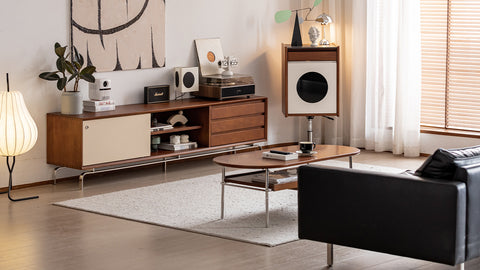
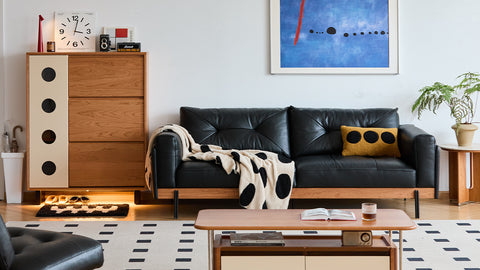
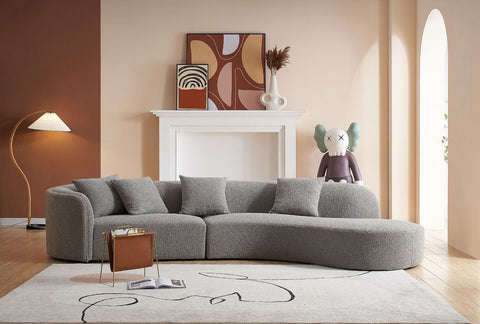
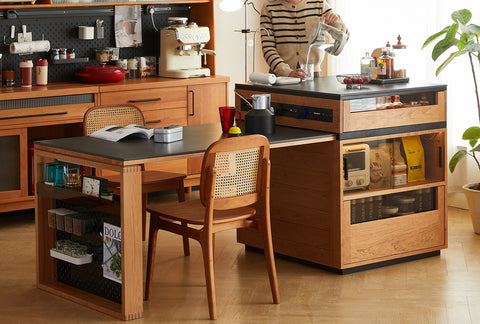
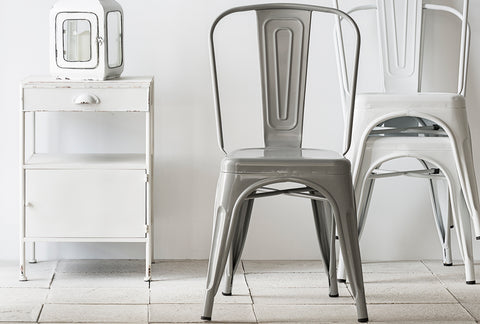
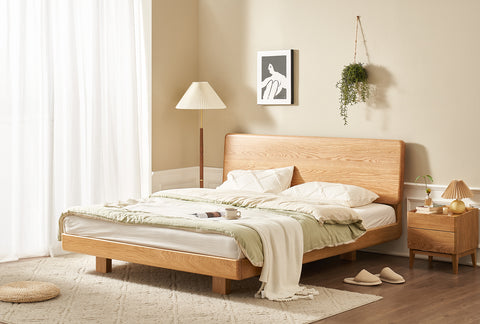
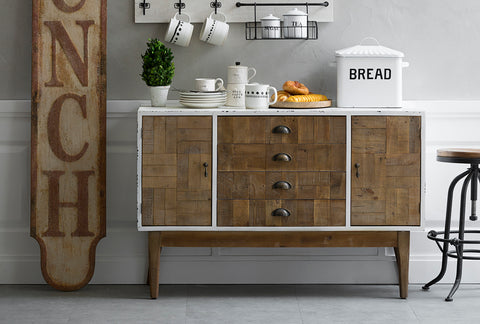




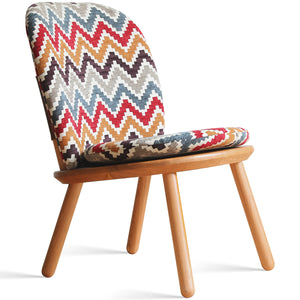
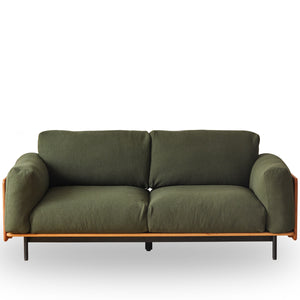

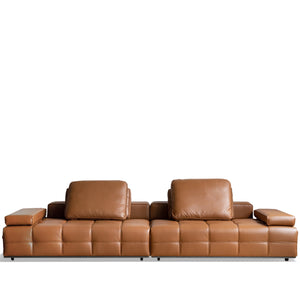
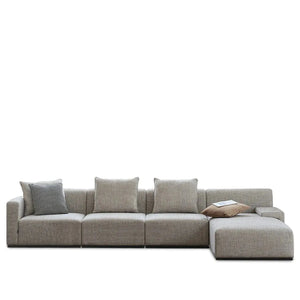
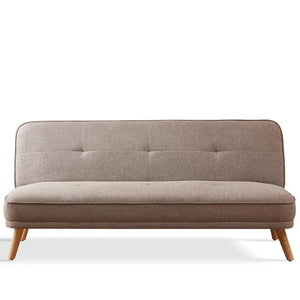
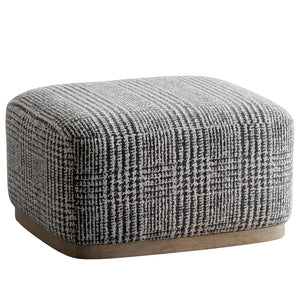

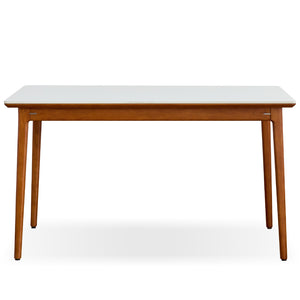

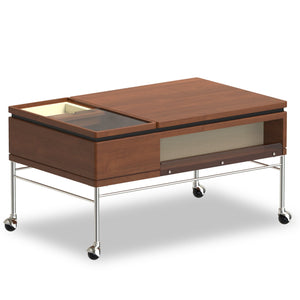
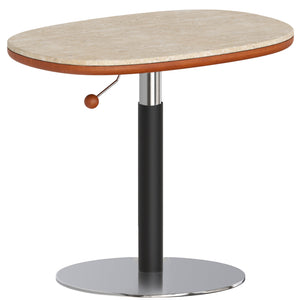
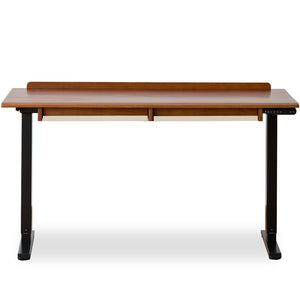


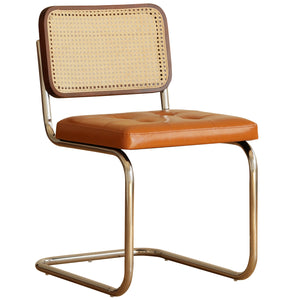
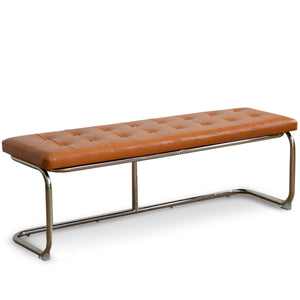
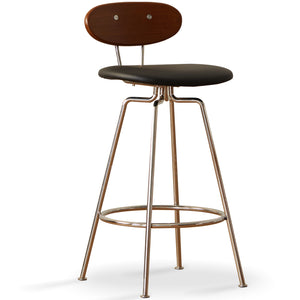
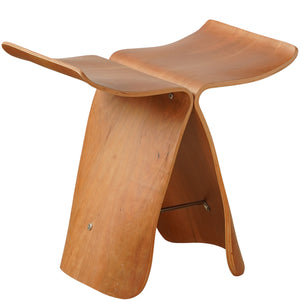
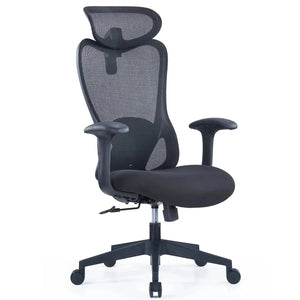

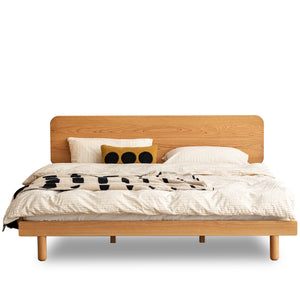


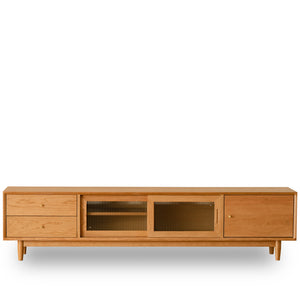
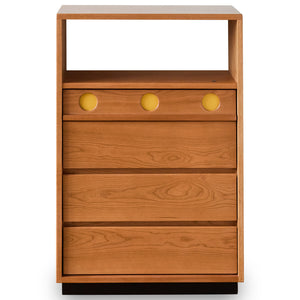
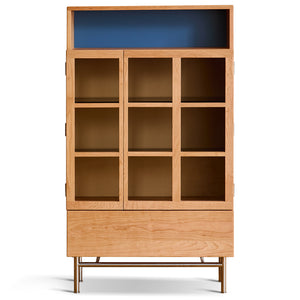

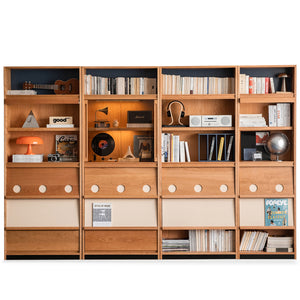


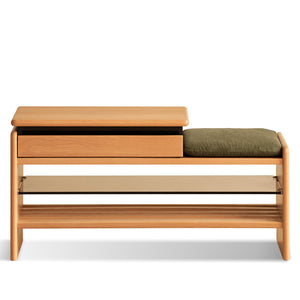
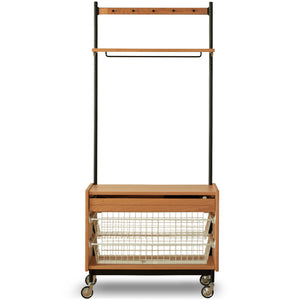






















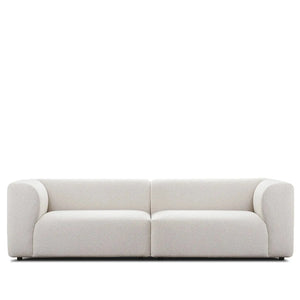





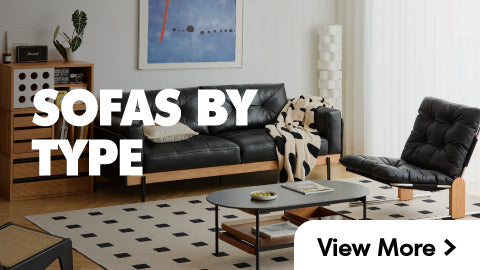
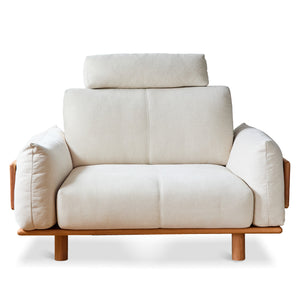
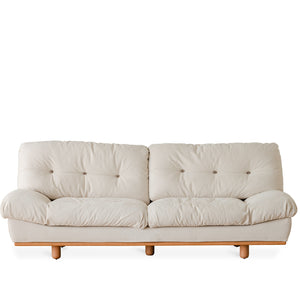
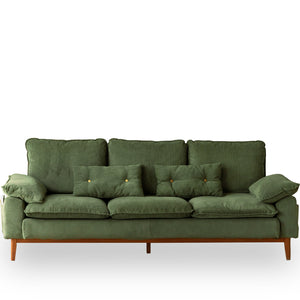
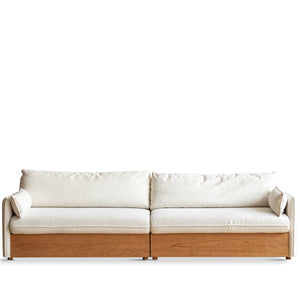
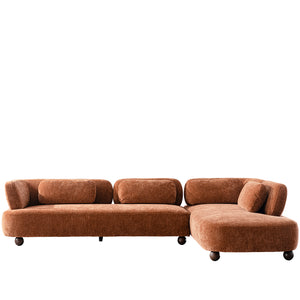
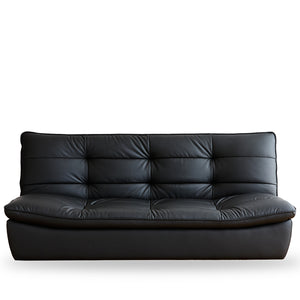


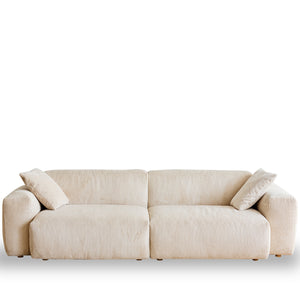

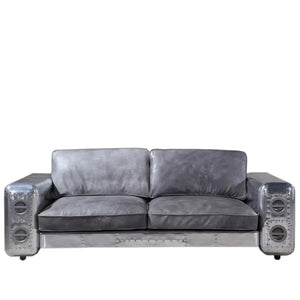
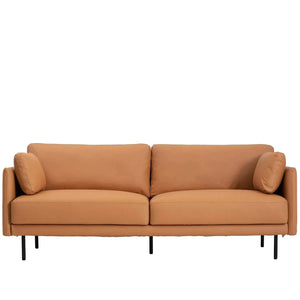
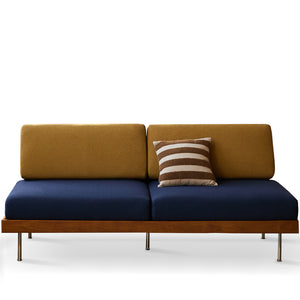

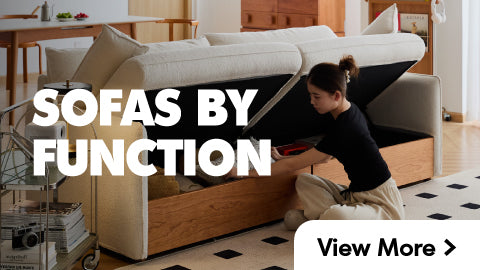

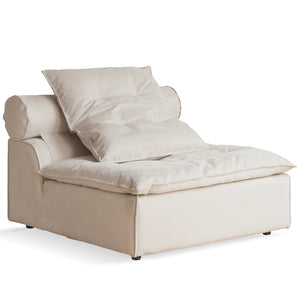
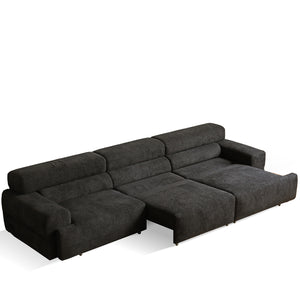
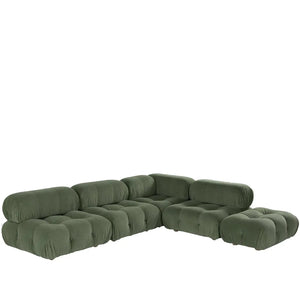
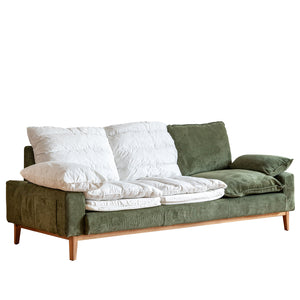
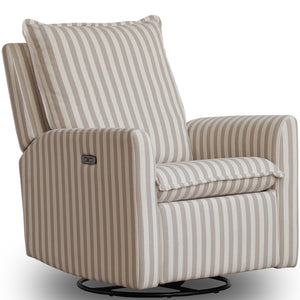
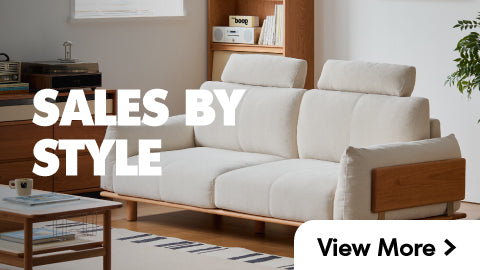
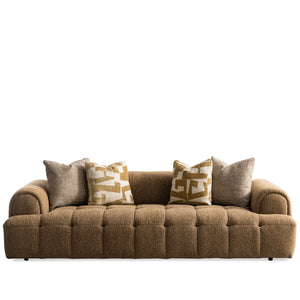
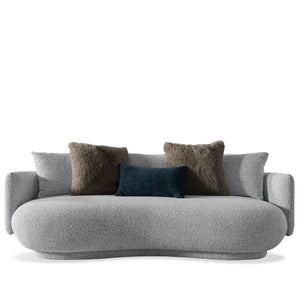

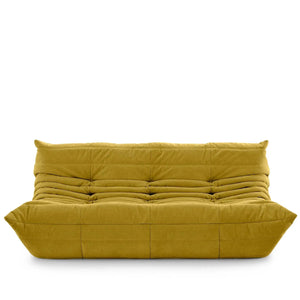
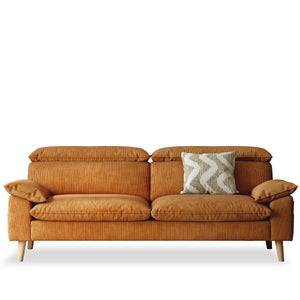
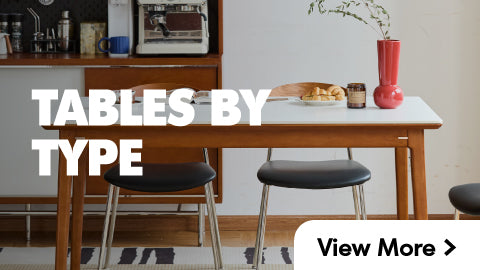

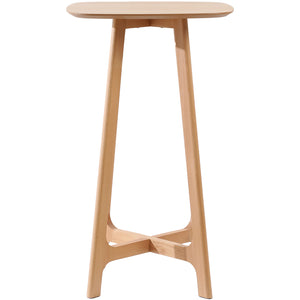
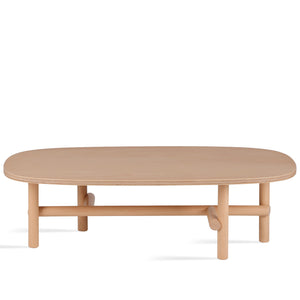
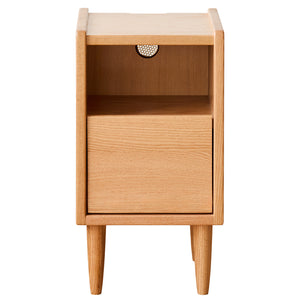
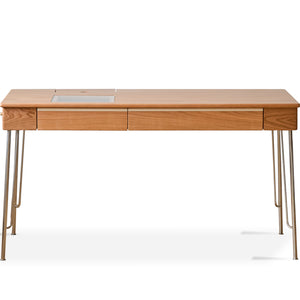
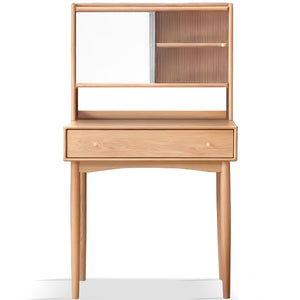


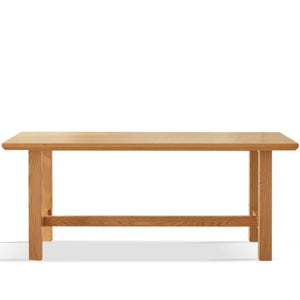
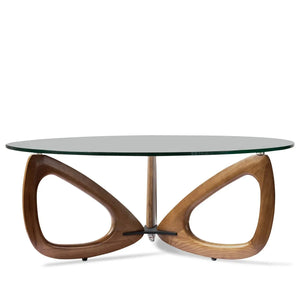

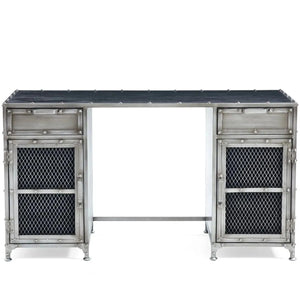
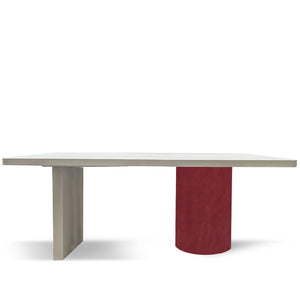

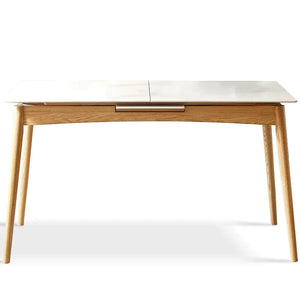
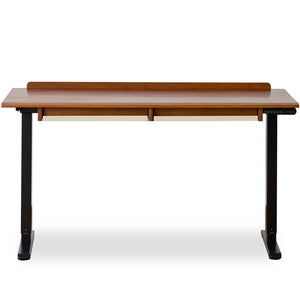
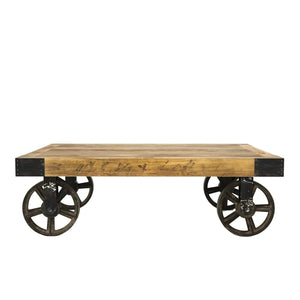
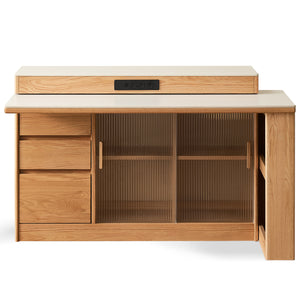
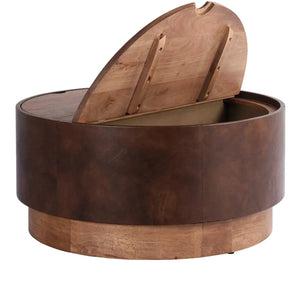
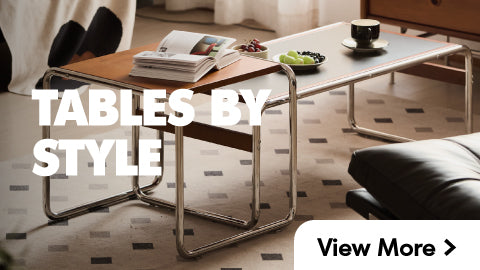
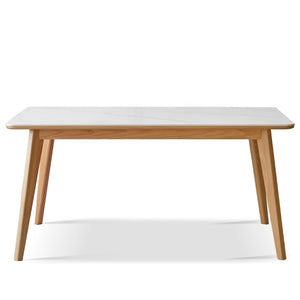
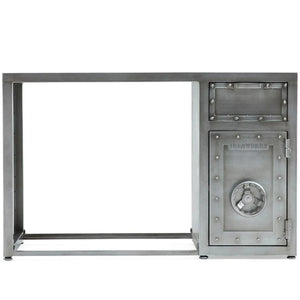
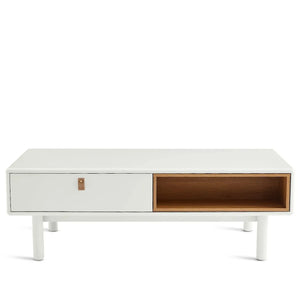
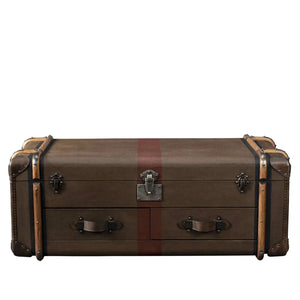
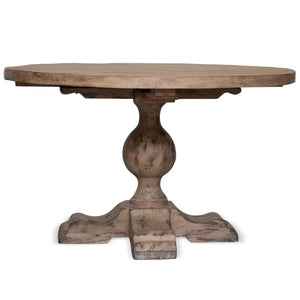

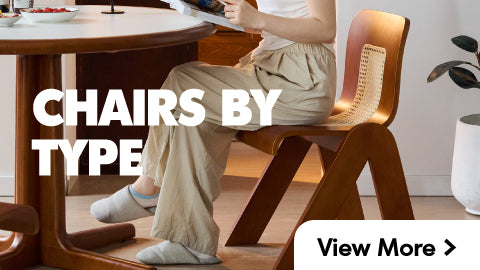
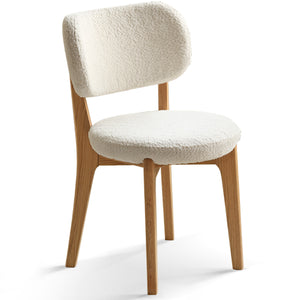
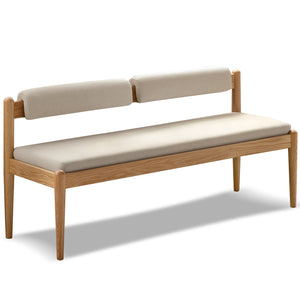
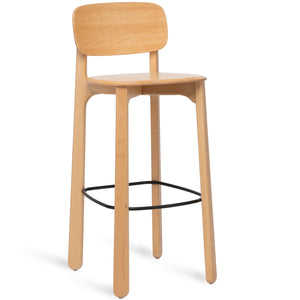
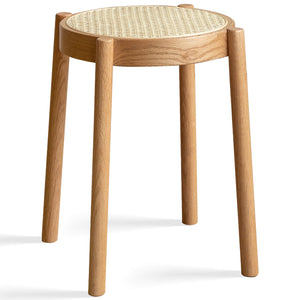
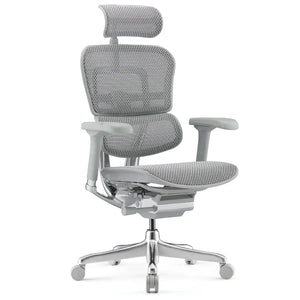
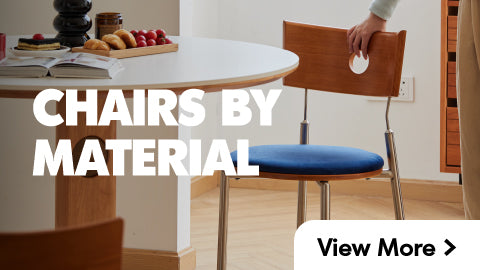
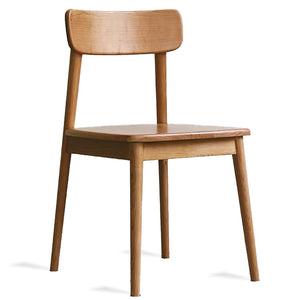
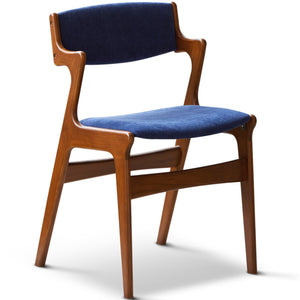

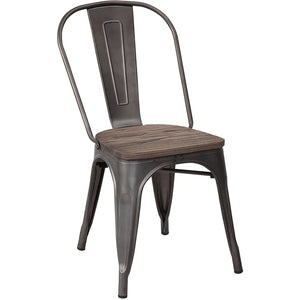
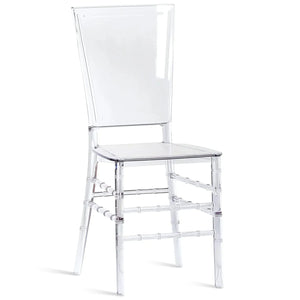
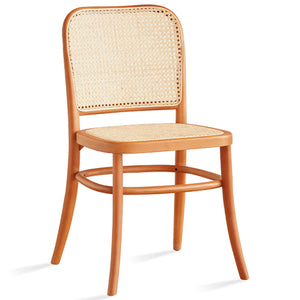
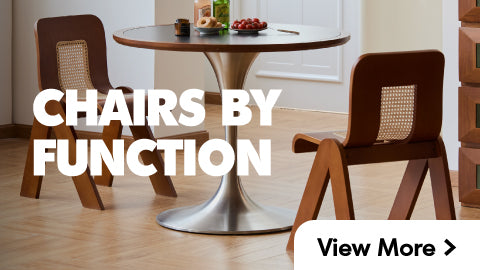


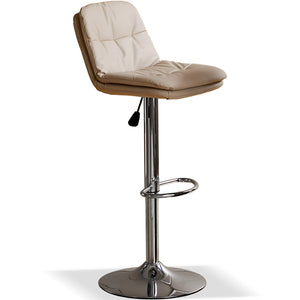

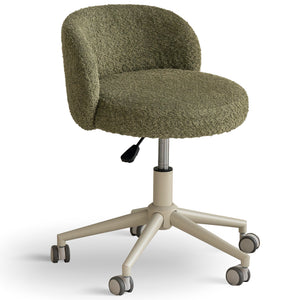
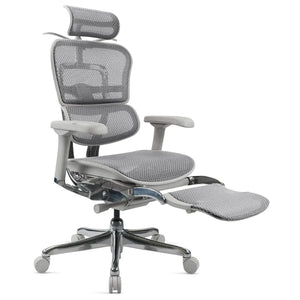

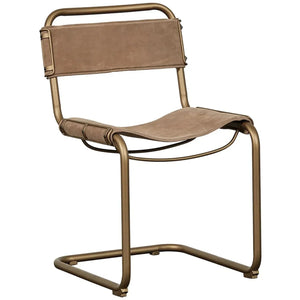
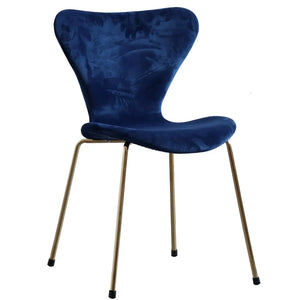
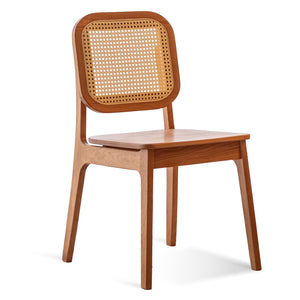
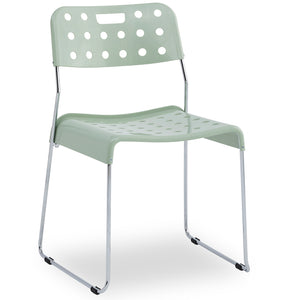
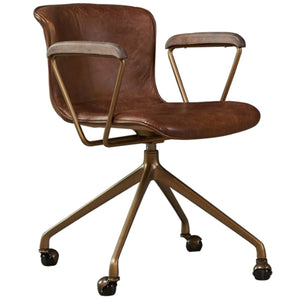

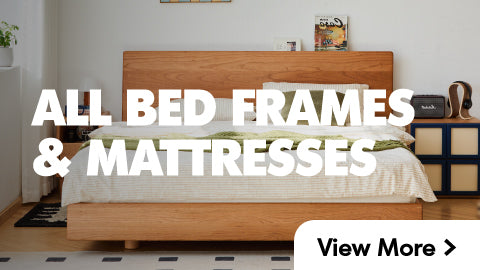
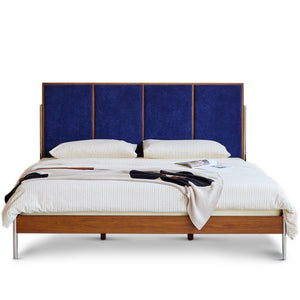
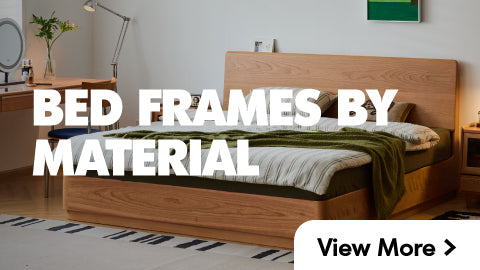
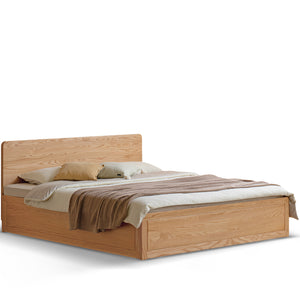
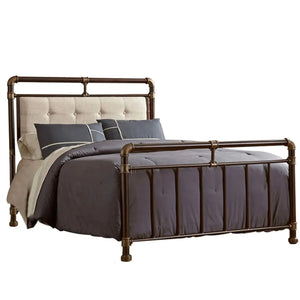
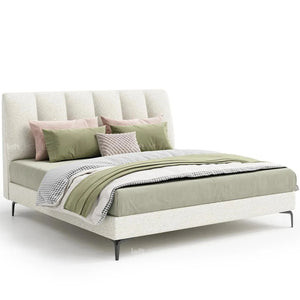
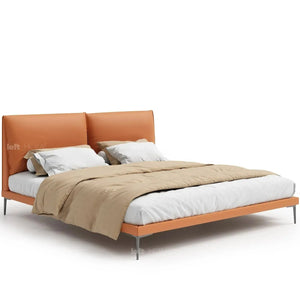
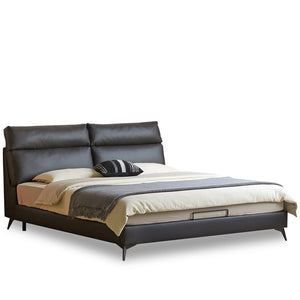
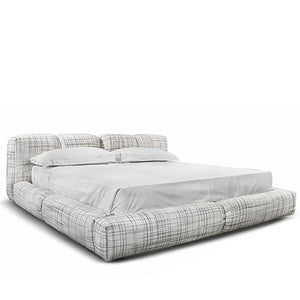

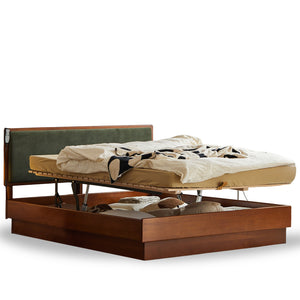
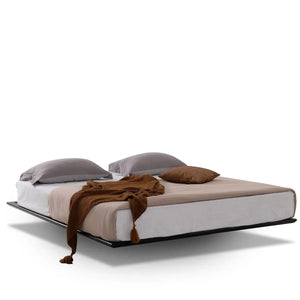
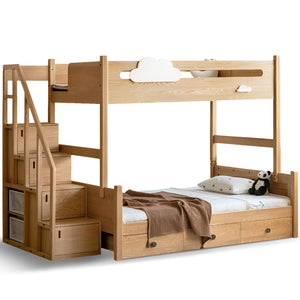
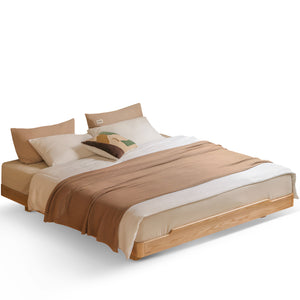

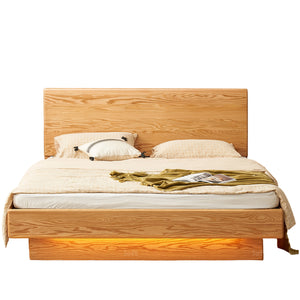

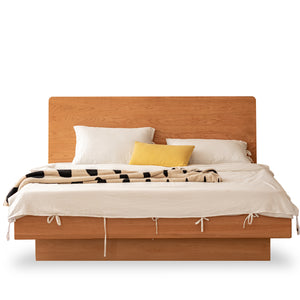
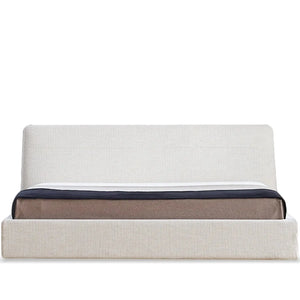


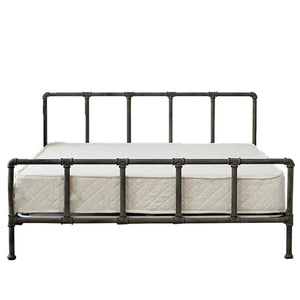
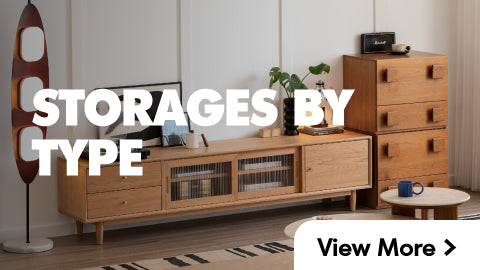
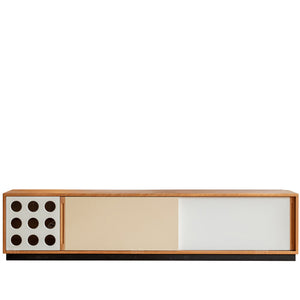

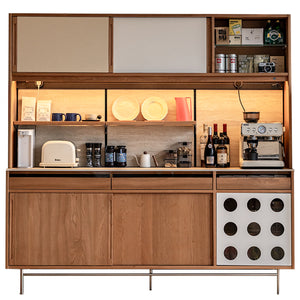
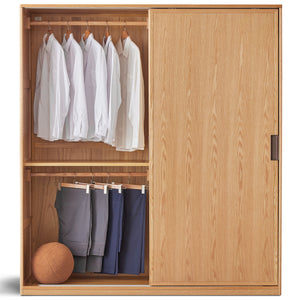
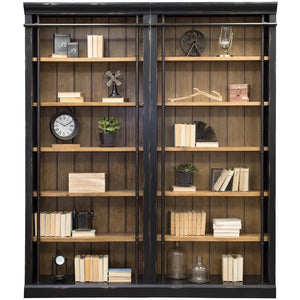
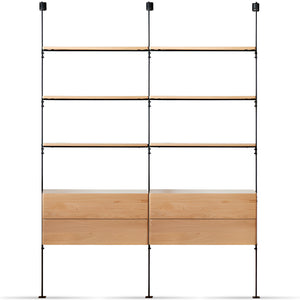
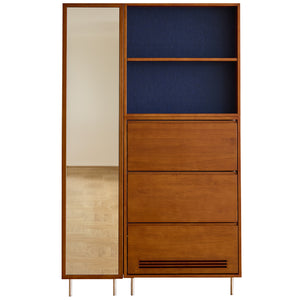
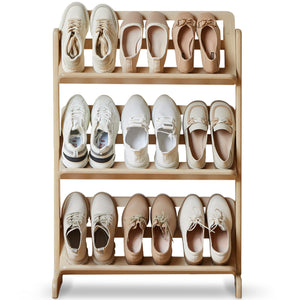
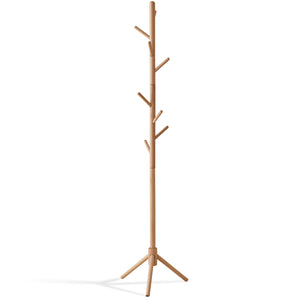

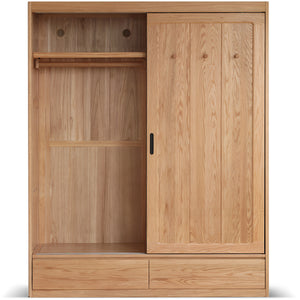
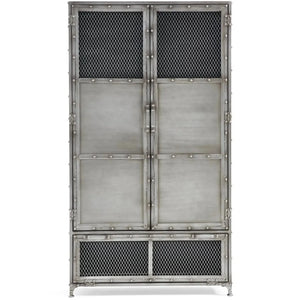
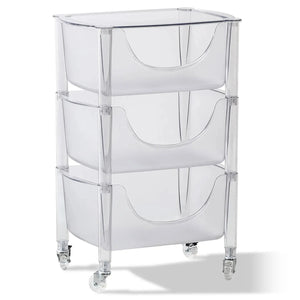

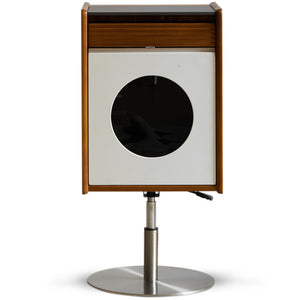
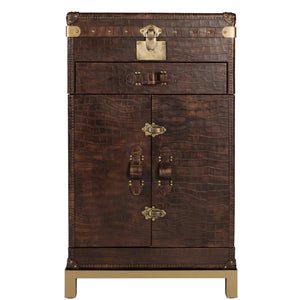


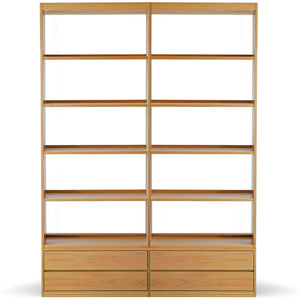
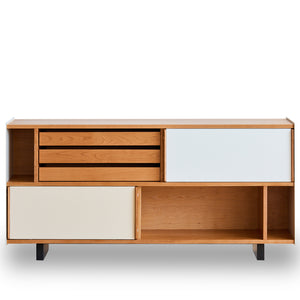
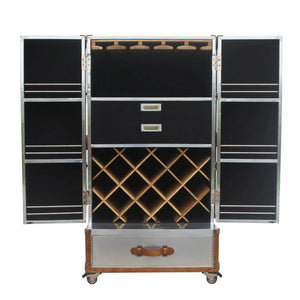

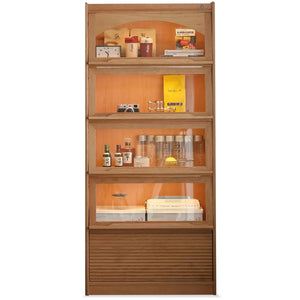

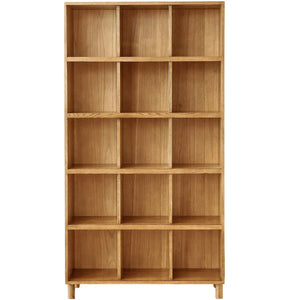
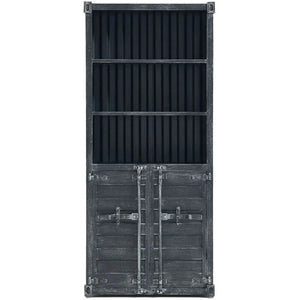
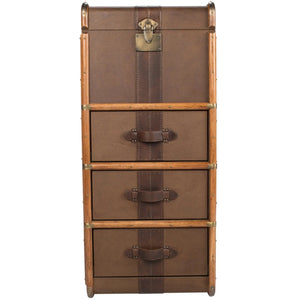
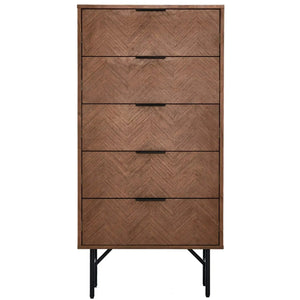

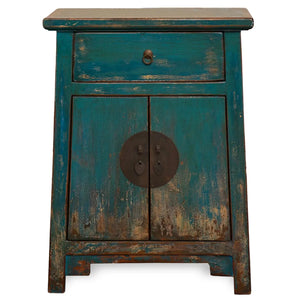


























































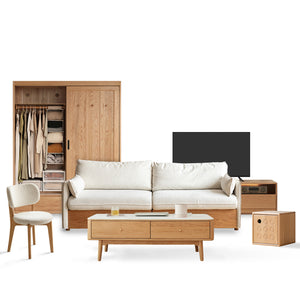
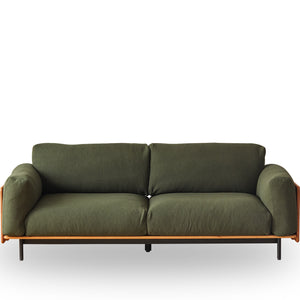
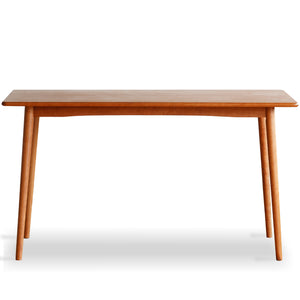
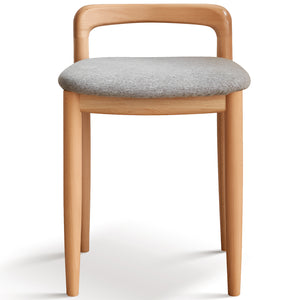
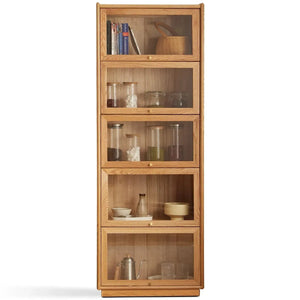



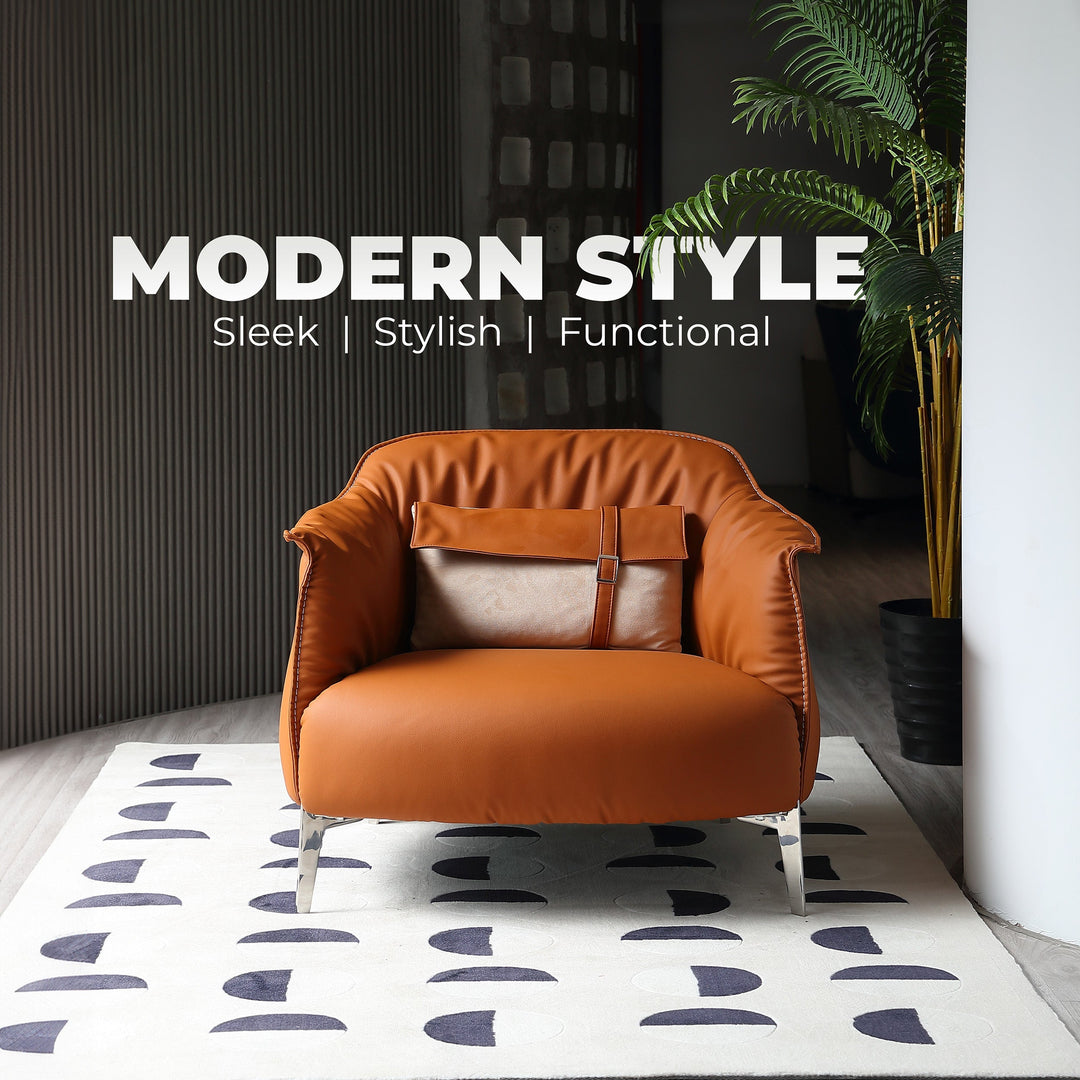
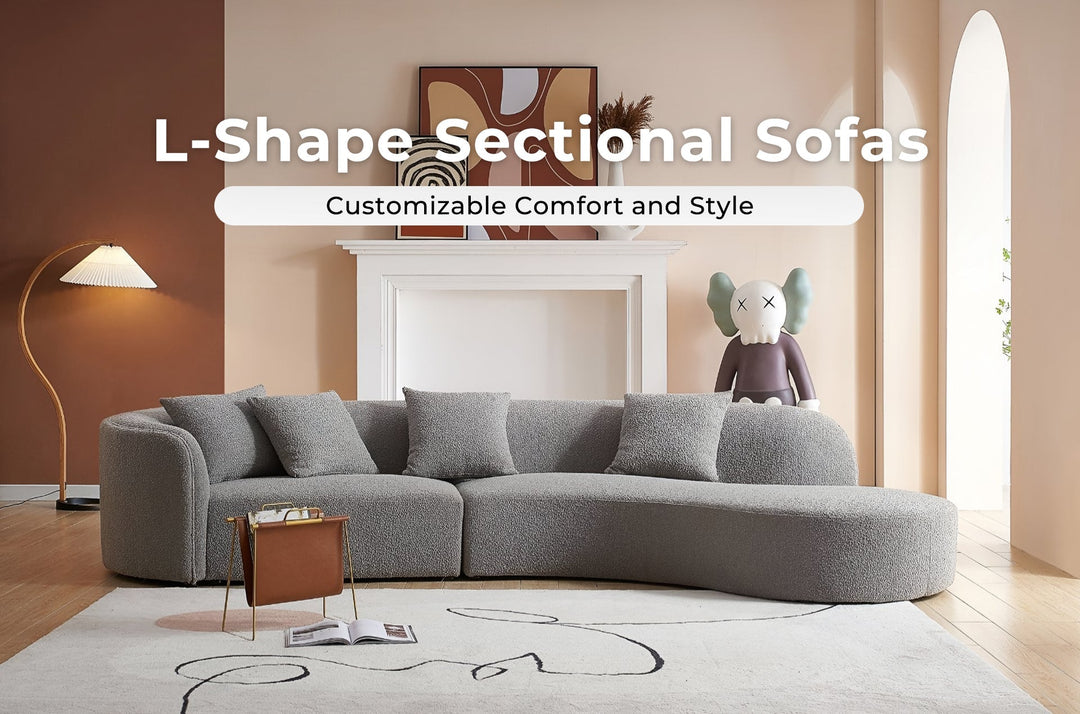

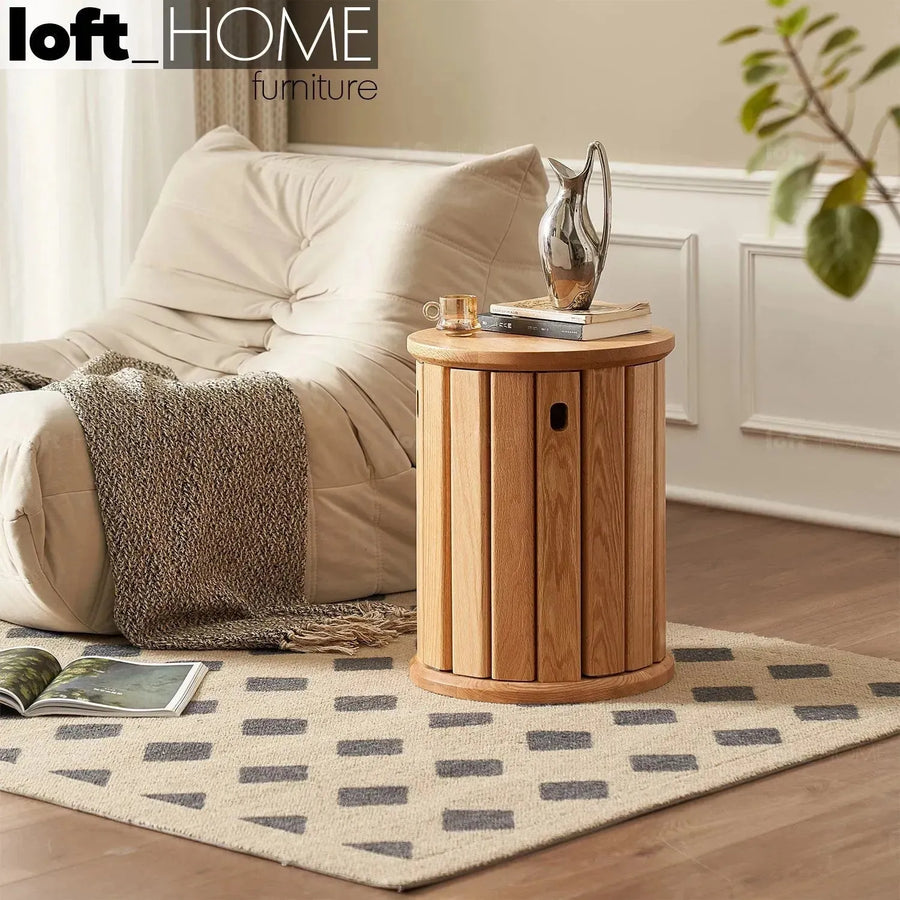
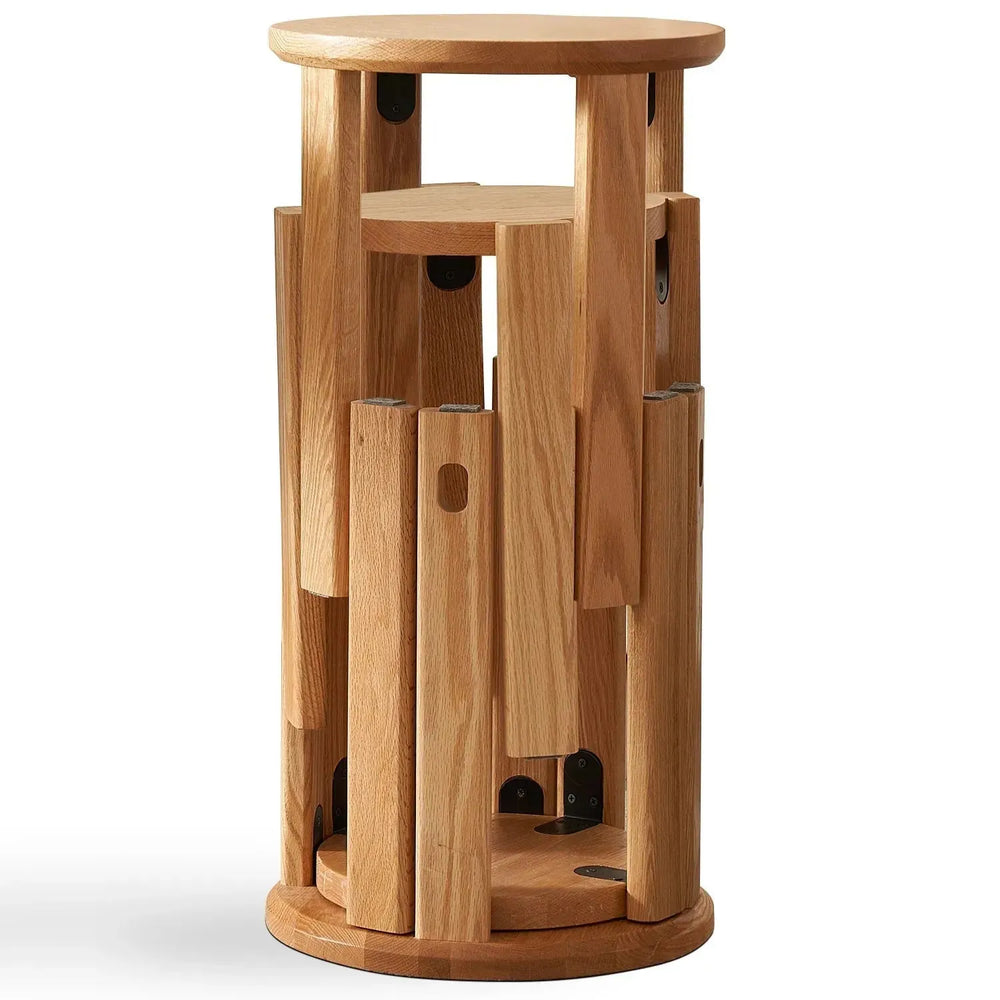



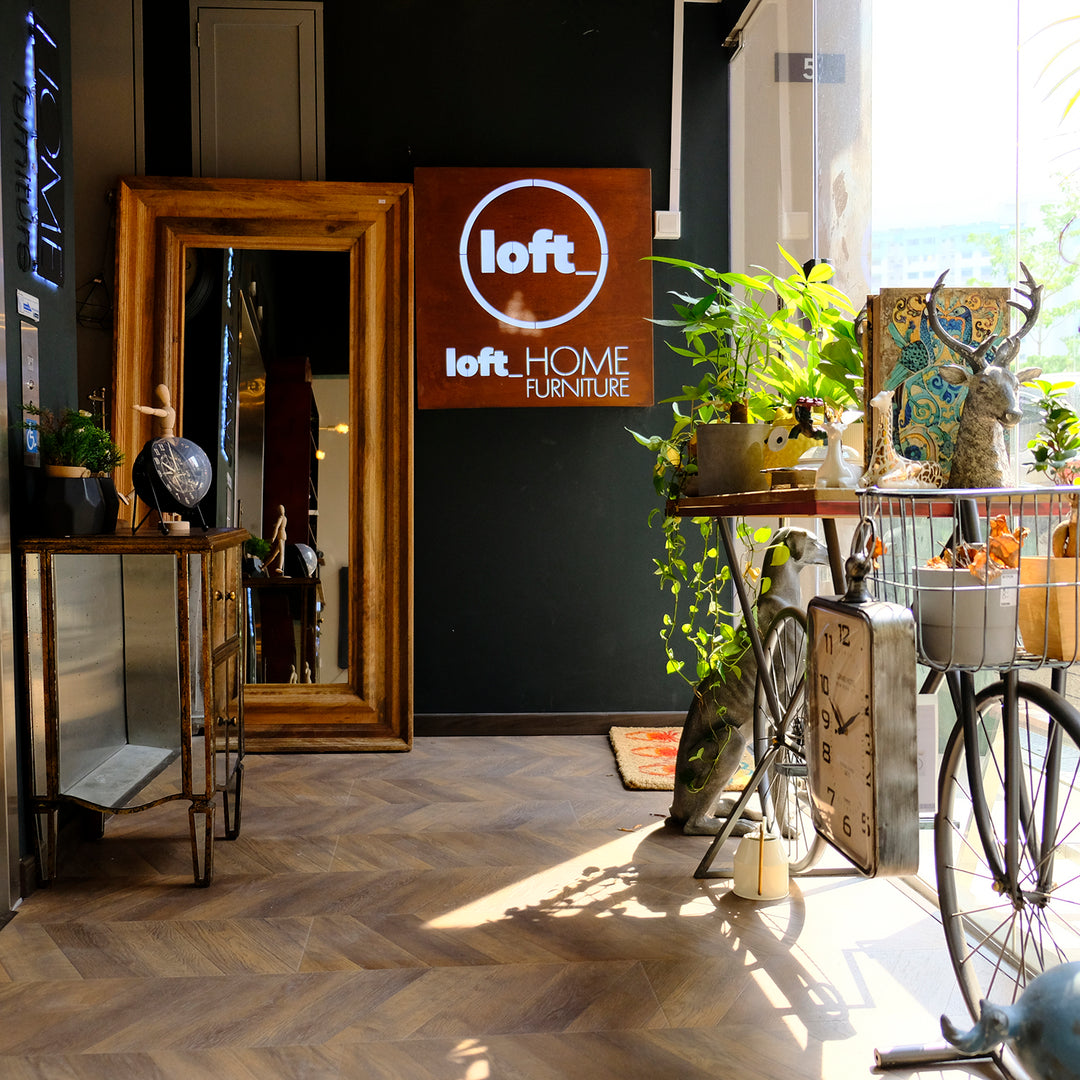
Leave a comment